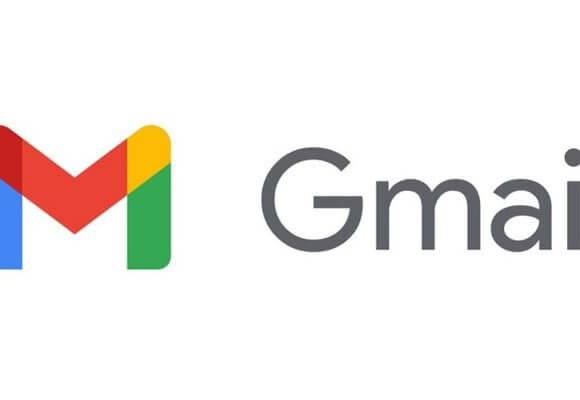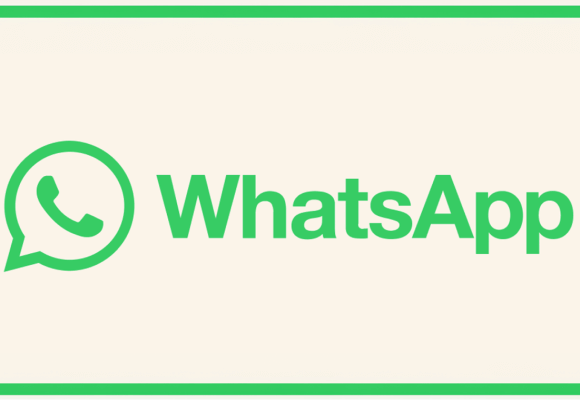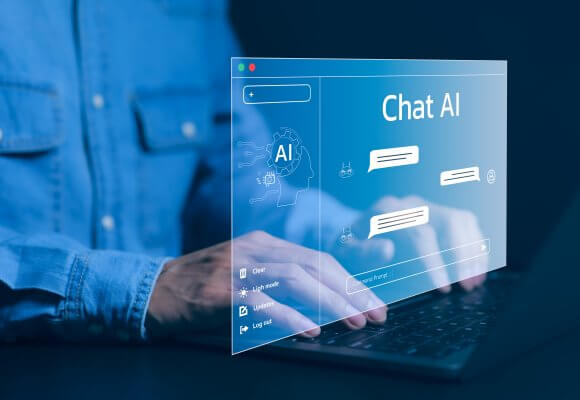|
LISTEN TO THIS THE AFRICANA VOICE ARTICLE NOW
Getting your Trinity Audio player ready...
|
The data economy is going through a transition towards the next stage of internet applications, referred to as Web 3.0 or the decentralized web. This section will review the essential background information on this new development.
The data-driven economy and society are transitioning toward the next stage of internet application development, which is referred to as Web 3.0 or the decentralized web. In Web 3.0, data is not saved in databases owned by companies and organizations but rather in distributed ledgers known as blockchains. It does this by providing the means through which individuals and organizations can equitably share data.
Decentralization, or the management of data in such a way that it eliminates the need for a centralized institution or an intermediary to carry out various transactions, is the foundation upon which Web 3.0 is built. Decentralization can be beneficial for all aspects of society and the economy, including the financial system, healthcare system, food supply system, and sustainable development.
The movement toward decentralized forms of problem-solving.
The difficulties that individuals face when it comes to managing their data and privacy, in addition to the new opportunities that arise for businesses and levels of competitiveness as a result of the usage of data, are what is driving the shift toward Web 3.0. Because of this, trust and equity are at the center of the issue.
Combining semantic information with technological advancements, such as blockchains, has made new opportunities available to address these difficulties.
How did we get here? Let’s pause here for a few moments and think back on what went down in days gone by.
First generation
The first iteration of the World Wide Web, Web 1.0, was established in the 1990s. The goal of the regulation was to make the telecommunications industry more accessible to competition. Websites at the time were static, meaning their content did not change, and they always appeared the same way until the creator updated it. During this period, email was essential, and the dot-com bubble both boomed and crashed. It turned out to be difficult legally to maintain anonymity online.
Second generation
The early 2000s witnessed Web 2.0 websites. Websites created with Web 2.0 are both dynamic and interactive. When a browser requests an active page, the page is built on the fly, and the page can seem different to different individuals at other times. Dynamic pages are also created on the fly. The availability of various marketplaces and platforms, such as Facebook and Uber, increased. While this was happening, the data acquired from users started to pile up in the hands of the digital giants.
People who utilize free services have become a product rather than a consumer; they have become a digital data proletariat. Companies profile customers based on the information they collect and use it to target advertisements. The EU’s GDPR safeguards personal data and data management methods.
Third generation.
The latter part of the 2010s marked the beginning of the shift to Web 3.0. Based on automatic trust and design centered on the user, we are going toward interoperable and decentralized online systems.
This transformation also results in the establishment of new business models and companies. Blockchain technology and the metaverse, for instance, are both components of Web 3.0. In addition, Web 3.0 is receiving an unprecedented amount of venture capital investment. It has been determined that there are issues, such as the high amount of energy required by cryptocurrencies of the first generation.
The usage of data gathered by space technology and satellites, particularly location data, is significantly rising along with Web 3.0. For instance, the European Space Agency (ESA) is working on blockchain-based initiatives. Blockchain technology makes it possible to conduct transactions directly between two parties using satellites.
In contrast to the preceding Web 2.0 stage, Web 3.0 significantly emphasizes users’ privacy. For the decentralized approach to work, data must be accessible to multiple users. This calls for an entirely new way of thinking about ecosystems, ground rules, data protection, and trust.
Data Governance Act, Digital Markets Act, Digital Services Act, Regulation on artificial intelligence and Data Act, and the eIDAS Regulation on electronic identification, authentication, and trust services, are all part of the comprehensive data regulation framework that the European Union is currently developing.
Why should we decentralize?
In the existing approach, we must make payments to several different intermediaries to establish trust. One example is paying a bank to process and safeguard financial transactions. However, there are circumstances where decentralization on a blockchain that does not include any intermediaries results in creating more value. The use of smart contracts and electronic voting are two examples. Agreements that are digitally executed and kept on a blockchain are referred to as smart contracts. Not only do we save time and money, but we also have the potential to increase the quality and dependability of the transactions.
The market will, in due course, demonstrate the areas in which blockchain-based implementation is required. In many cases, a decentralized solution is all that is needed. In actuality, centralized and decentralized systems will coexist and perform their functions concurrently.
Is decentralisation fairer?
The authority of centralized platforms and corporate gatekeepers has remained the same due to decentralization. In addition, implementing decentralized services does not rely on just one technology. The end effect is increased creativity as well as competition.
The decentralized web could be a more equitable paradigm in which individuals may believe they can govern how their data is used. On the other hand, decentralization can make it more challenging to identify the guilty party if there is a problem.
Hoarding data when decentralization is implemented becomes more complicated since it necessitates open interfaces and ground rules.
The role of blockchains as facilitators
One way to think about blockchains is as distributed ledgers that record transactions between parties. The fact that blockchains are often public and transparent helps to increase users’ confidence levels. Additionally, the future operating system will be blockchain-based.
The term “cryptocurrency” is frequently used interchangeably with “blockchain.” However, this is different.
The first cryptocurrency ever created was called bitcoin. It is still the most well-known and has the distinction of being by far the largest in terms of value. Bitcoin is also criticized for its energy consumption, which is tied to the first-generation consensus process. This is another criticism levelled against bitcoin.
Ethereum, Solana, and Cardano are three more prominent blockchains that operate as software and innovation platforms. They lend themselves well to developing a wide range of decentralized applications. Take, for instance, the fact that hundreds upon thousands of applications have been developed on Ethereum. The computer programs that are constructed on top of a blockchain are referred to as smart contracts.
There have been some interesting new apps developed.
There have been identified, as of right now, three primary application areas for Web 3.0.
Management of digital assets (Non-Fungible Tokens, NFT). The non-fungible token (NFT) method of managing digital assets has recently seen a surge in popularity in the cultural sector, particularly in the digital dissemination of images and works of art. The advent of digitalization has made it possible to copy data virtually without limit. Data management is the only aspect recognized by the existing legal framework; data ownership is not recognized. Therefore, while we can possess a physical painting, it is not feasible for us to own a data file of the image.
NFT has the potential to serve as a solution to this problem, and it is widely anticipated to play a significant part in the digital society of the future, in which virtual items will have their own unique identities. In 2021, the value of the NFT market was somewhere in the neighborhood of USD 25 billion.
Another potential application area is decentralized finance (Defi), which includes using smart contracts. This kind of decentralized service operates in a manner very similar to that of a vending machine, in which the customer inserts money, and the machine’s automation then dispenses the product without the participation of a human salesperson. There is no longer a requirement for third parties to facilitate trust.
There are now many different financial services available on blockchains, such as those about loans and trade. There is approximately USD 200 billion locked up in decentralized financial services.
There are over two billion people in the globe who are unable to use traditional financial services because they do not have access to them. The blockchain enables decentralized financial services that are easily accessible to everyone and have cheap transaction costs.
Organizations with a decentralized level of control (DAOs). These allow for the formation of novel forms of autonomous organizations that are not controlled by a centralized authority. DAOs are already being utilized for various functions, such as collecting monetary contributions to support Ukraine. One way to refer to them is as the “Co-op 2.0” of the modern digital age.



























